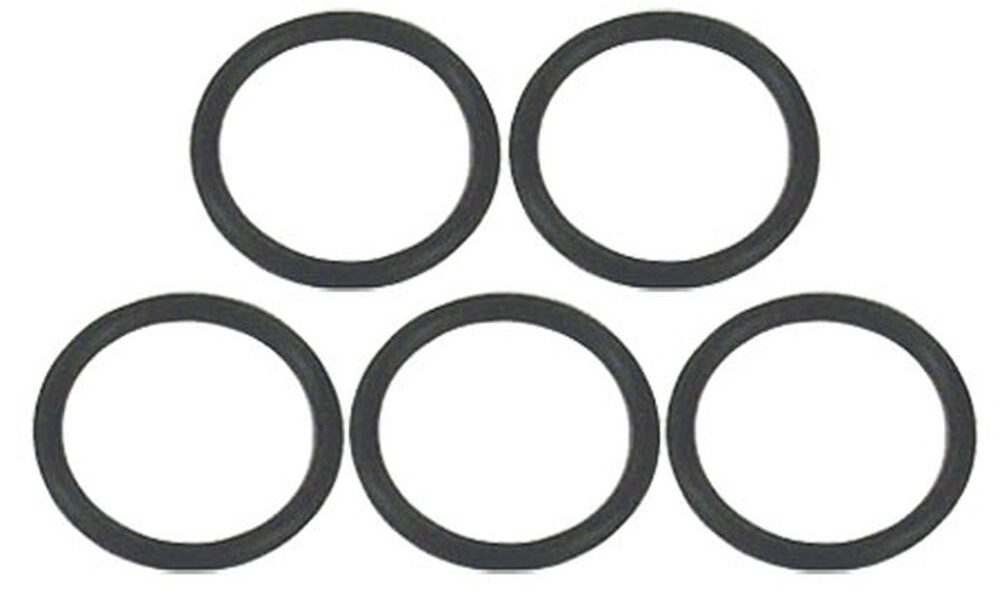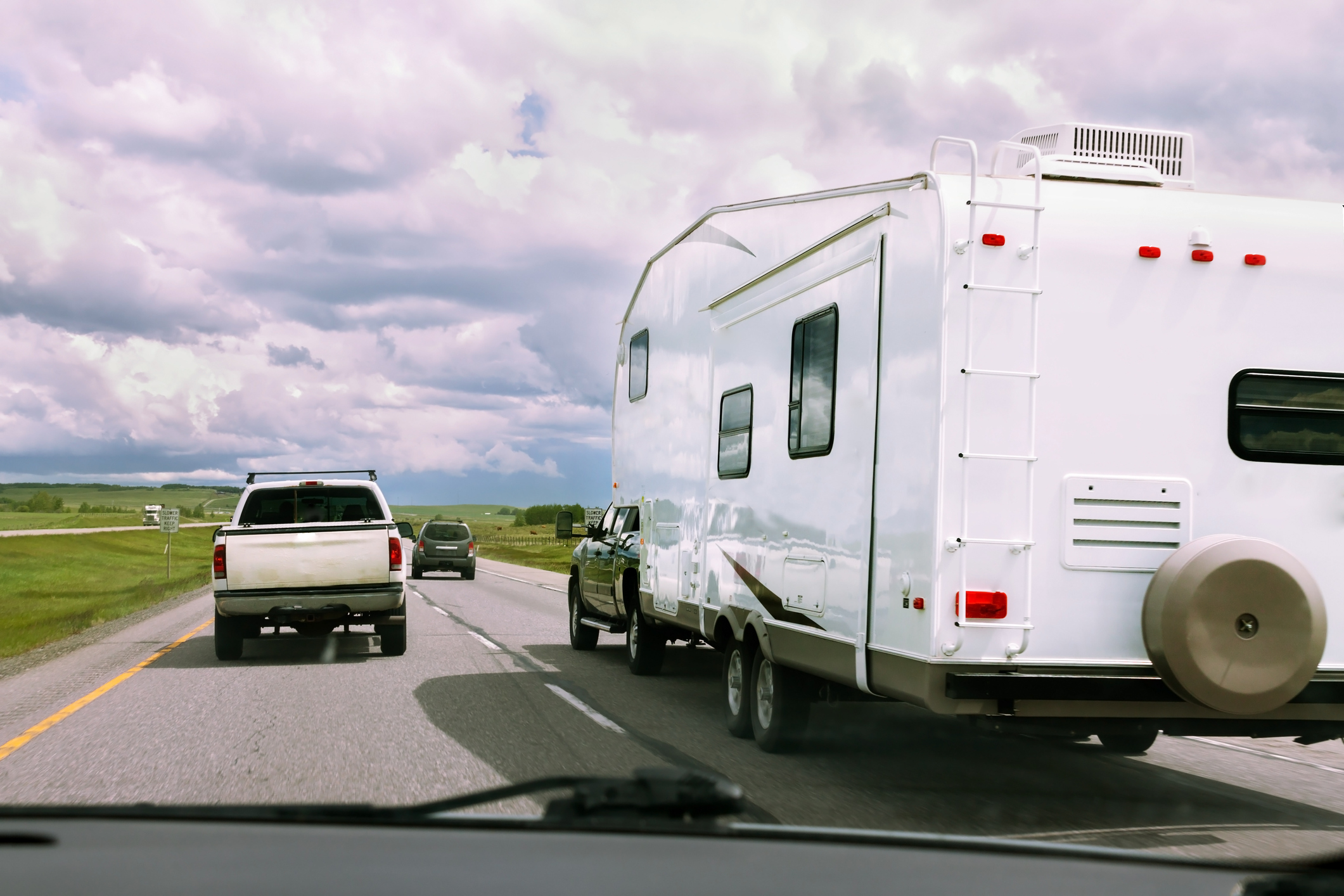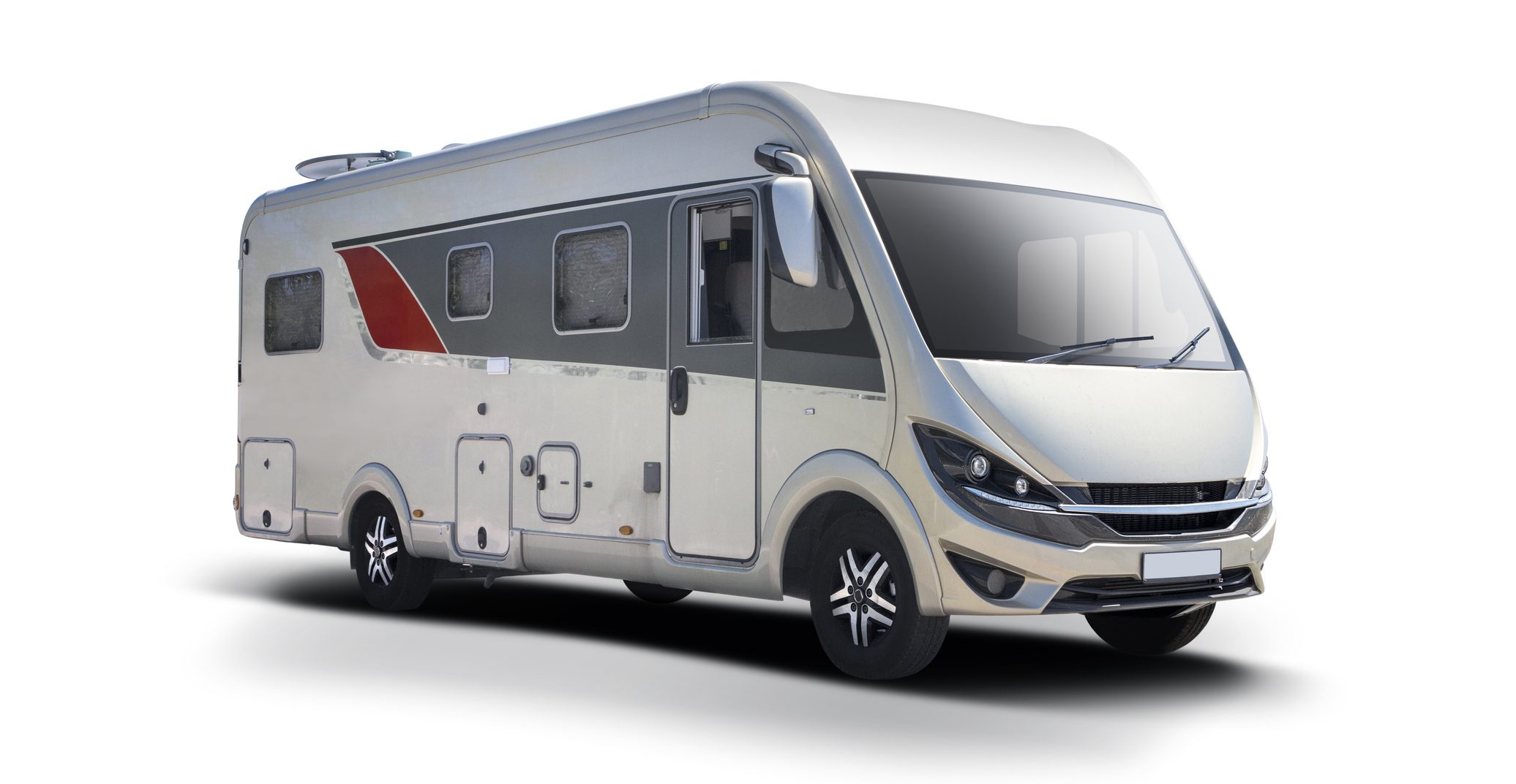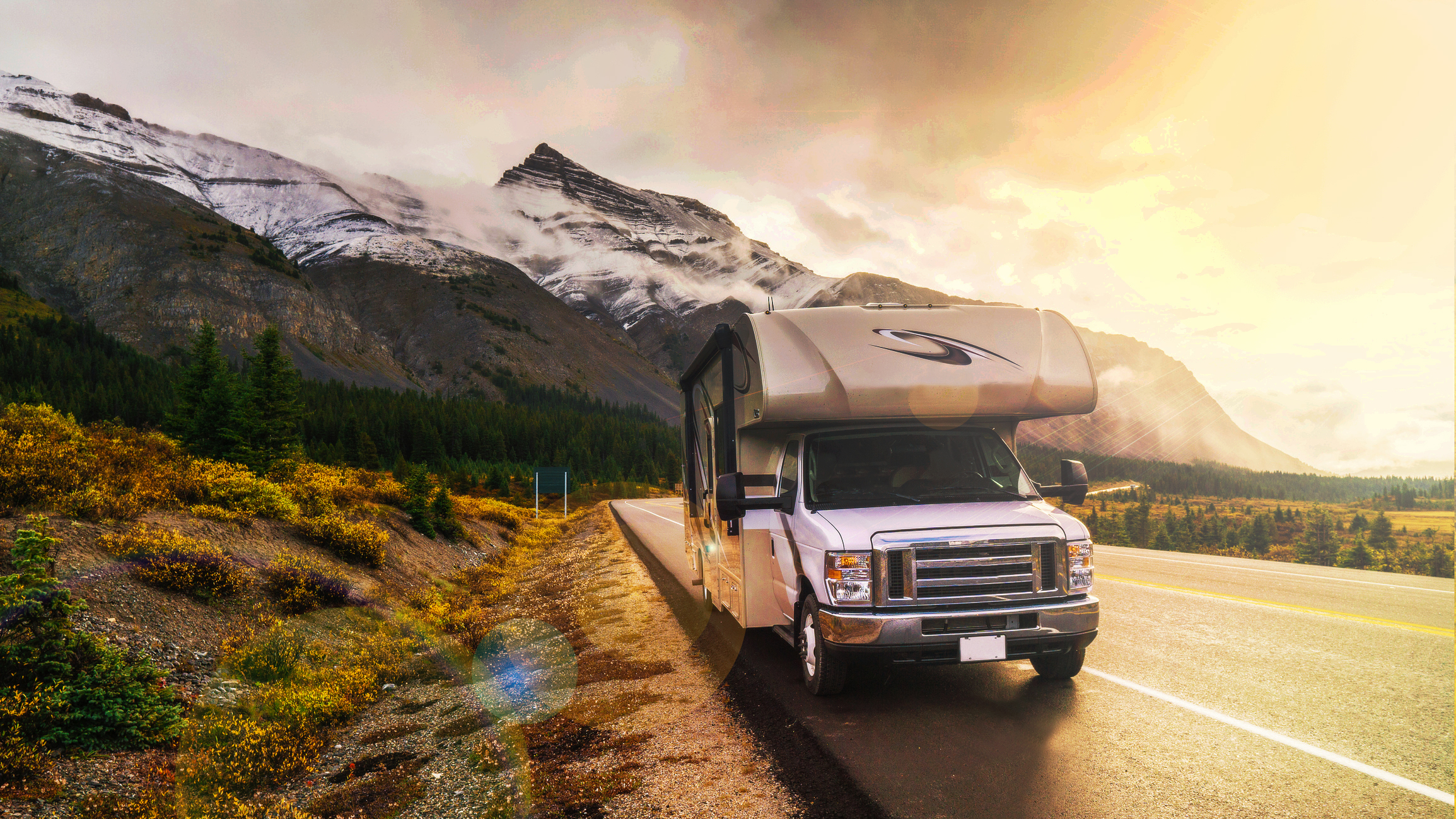Hi Mark My Words readers! This month, we’ve got questions on filters, RV leaks and shaky fivers, among other things. Remember to send your RVing questions to [email protected].
Mark,
I am a part-timer at this point. I have two water filters on my coach, one on the incoming line and one on the kitchen cold side. How long are they good for when used, say, one week a month or for a couple of long weekends per month? My water has always been good and safe, but often I replace the filters, around $30 each, several times during the season. I have not found any information or guidance on this or info on how to care for the filters. Should I take them out of the coach and keep them in the fridge to extend life?
Thanks,
Jim
Hi Jim,
Most water filters are rated with a filtration capacity in hundreds or thousands of gallons. In most cases, you’ll never approach that capacity in normal use. Follow the filter manufacturer’s recommendations for cartridge replacement. If they don’t specify a replacement interval, use these rules of thumb: Filter cartridges generally only need to be replaced when a loss of flow (clogging) or degradation in the taste, odor, or appearance of the water is noticed. It doesn’t hurt to replace them every six months or so, even if they are still delivering good water and flow, but anything more than that is generally a waste of money. I’m assuming your filters are one of the common types that use a replaceable element inside of a housing or holder. When you replace the cartridge, be sure to thoroughly clean the cartridge housing with warm soapy water, and rinse thoroughly. Dry it, and then add a tiny bit of Vaseline on the o-ring before you reassemble the cartridge holder. Tighten it until it is just snug. Any tighter, and you’ll have problems removing it later.

Camping World
If the housing leaks, replace the o-ring, as they eventually get compressed and don’t seal properly. Leave the filter cartridges in the housings throughout their service. Removing and handling them unnecessarily will just increase their exposure to contaminants. When you store them between uses, simply remove the hoses and drain the filter by holding it at an angle to let the water run out. I like to use a short piece of hose to connect the inlet and outlet together. That helps keep dirt and bugs out of the filter housing.
Hi Mark,
We have an Eagle Cap truck camper with a slide. When on the Oregon Coast this fall, we had a lot of hard-driving rain. The forward and back of the slide leaked water into the camper. I believe it was running along the bottom rails. We cannot pull it in while inside since there is not enough room to walk past it. Do you have any suggestions on how to seal it?
Thanks,
Cathy
Hi Cathy,
It can be a problem to find and fix leaks in slides. The first step is to try and trace the leak to its source. Visually locating the point where the leak starts usually results in discovering the leak point, but not always. Be aware that the leak could be coming in through a crack or gap in the slide itself or a poorly sealed window. Water tends to travel once it enters the RV’s structure, so you need to carefully examine the entire slide for any place that water could be getting in. Sometimes the crack or opening will be very subtle and hard to find. It is also possible that the water is actually entering somewhere else and is running into the slide area from some other part of the roof or sidewall. If your camper is an older unit, it can be worthwhile to have all the rubber slide seals replaced, as the rubber deteriorates over time, gets stiff, and doesn’t seal as well. Sometimes, adding a slide topper awning will help, since it keeps the water off the top of the slide.
Mark,
What is the best way to stop shaking inside the fifth-wheel while you are inside, walking, etc.? Which is better — a nose support (tripod) or a slide support?
Thanks,
Randy

Getty Images
Hi Randy
I really liked my tripod; it made a huge difference in my fifth-wheel’s stability. Slide jacks don’t do much to prevent motion, really. I’d go with a tripod. Another item that helps is anti-rock chocks. They fit between the wheels of the trailer and expand to prevent them from moving. Check out this example. These chocks stop the forward/aft motion, and the tripod stabilizes the side-to-side axis. It won’t feel like a house built on a slab, but it will be significantly better.
Hi Mark,
My question is, how do I quiet my class a motorcoach down? I have a 2014 Thor Hurricane 33-foot RV. The road noise is so loud, it makes long drives wearying for everybody on the drive.
Thanks,
Rueben

Getty Images
Hi Reuben
Class-A gas motorhomes with the engine up front do tend to be a lot noisier in operation than the pusher engine rigs. The noise comes from two sources: engine noise and road noise. Actually, a third factor enters the equation, and that’s wind noise, but there’s little we can do to reduce that, so let’s concentrate on the first two. It is possible to add sound-deadening materials between the engine and the passenger compartment to reduce engine noise. These materials are designed for automotive use and can be applied to the inside of the engine cover and under the floorboards upfront. You can alternately install sound deadening mats under the carpet. Make sure you are using materials designed for high heat applications and secure them well, as there is a lot of wind under there. This can make a real difference! I installed sound control mats and insulation in my Class C, and it made a noticeable difference. Sound-control materials can be found at most auto parts stores. The second noise source is road-noise, and tires play a big part in that. More aggressive tread patterns tend to be noisier. Selecting a commercial over-the-road tire with a highway tread can reduce the noise.
Hi Mark,
Our Roanoke folding camping trailer has a bit of moisture and condensation inside. It happened this October-November while camping. Do you know what would take care of this? We did have a small space heater as well when it was cold in the night.
Thanks,
John
Hi John
Camping in colder weather can be a challenge, especially in a pop-up, which has very little insulation. The “walls” cool down any moisture in the air inside begins to condense on them. This happens on almost all types of RVs. The moisture comes from cooking, bathing and even your breath! About all you can do is provide additional ventilation when cooking or bathing to help carry the extra moisture outside. How you heat your RV also plays a role: most folks don’t realize that unvented propane heaters, like Mr. Buddy heaters, or catalytic heaters, produce a huge amount of water vapor as they operate. You didn’t say what kind of space heater you were using, but if it was an unvented heater, that could be the source of most of the moisture. These heaters are fine to use for supplemental heating when it’s just chilly out, but it’s really hard to heat the whole rig with them in seriously cold weather because of all the condensation they produce. Most folks carry one or more small 120V electric heaters and use them whenever they have electric hookups. These heaters don’t add any moisture to the air.




